This article was co-authored by Tu Anh Vu, DMD. Dr. Tu Anh Vu is a board certified dentist who runs her private practice, Tu's Dental, in Brooklyn, New York. Dr. Vu helps adults and kids of all ages get over their anxiety with dental phobia. Dr. Vu has conducted research related to finding the cure for Kaposi Sarcoma cancer and has presented her research at the Hinman Meeting in Memphis. She received her undergraduate degree from Bryn Mawr College and a DMD from the University of Pennsylvania School of Dental Medicine.
There are 15 references cited in this article, which can be found at the bottom of the page.
This article has been viewed 16,639 times.
Hearing that you need dentures is probably a big change for you, but there's nothing to be embarrassed about. Millions of people use dentures to get their smiles back, and most people won’t even be able to see the difference between your dentures and natural teeth. However, it’s still completely normal if you don’t know what to expect when wearing dentures. Don’t worry! There isn’t a lot to know about putting your dentures in and wearing them properly. With a few simple tips, you’ll be wearing yours like a pro.
Steps
Inserting and Removing Dentures
-
1Rinse your mouth out before putting your dentures in. Fill your mouth with some water and swish it around before putting your dentures in. This gets rid of any food in your mouth and moistens your gums so the dentures stick.[1]
-
2Press your top dentures against the roof of your mouth. Your top dentures just rest on the roof of your mouth and the natural suction in your mouth holds them in place. Hold the dentures inside your mouth and line them up with your top gum line. Then press the dentures into place by pressing them against the roof of your mouth for a few seconds.[2]
- Partial and full dentures both rest on the roof of your mouth, so this procedure works the same no matter what type you use.
- If you have partial dentures, then you’ll have to line up the dentures with the spaces between your remaining teeth like a puzzle. Look in the mirror to make this a lot easier.
Advertisement -
3Fit your bottom dentures onto your lower gums. The bottom denture “floats” on your lower gum line, so it's pretty easy to put in. Line your denture up with your bottom gums, press it down, and hold it in place for a few seconds.[3]
- If you have partial dentures, fit them into the space between your remaining teeth like a puzzle piece.
- The lower denture tends to feel looser than the top one because it isn’t held in place with natural suction. It’s normal if you need some adhesive or a re-sizing from your dentist.
-
4Bite down a few times to press the dentures into place. Press your teeth together normally and hold them together for a few seconds. This pushes the dentures into your natural bite pattern.[4]
- Do this whether you’re wearing full or partial dentures, and even if you only have dentures on the top or bottom.
- Don’t bite down harder than normal. You don’t want to damage your dentures.
-
5Apply denture adhesive if your dentures feel loose. Dentures are designed to fit your mouth and shouldn’t need extra adhesive. However, denture adhesive is a good option if your dentures feel loose or you want some extra security. Squeeze 3-4 pea-sized drops of adhesive onto the part of the top denture that touches the roof of your mouth. Apply the same amount to the bottom denture along the gum line. Then press each one into position and hold it for a few seconds to let the adhesive work.[5]
- The two denture adhesives that carry the American Dental Association seal of approval are Fixodent and Adhesadent. You can't go wrong with these products.[6] If you need more advice for choosing the right one, ask your dentist.
- Adhesive is also a good option if your mouth is usually dry, since saliva holds them in place.
- If your dentures still feel too loose, they might need tightening. Talk to your dentist about getting an adjustment.
-
6Pull the dentures out when you’re ready to remove them. Dentures pop out pretty easily. When you want to take them out, just grab them and pull until they come out.[7]
- Wash your hands before taking your dentures out so you don’t get any germs in your mouth.
- If you used adhesive and the dentures won't come out, swish some warm water around your mouth first. Then pull the dentures out gently with a rocking motion.
- Be careful when you take your dentures out. If you drop them, they might break.[8]
Getting Used to Dentures
-
1Rest your tongue against your lower denture to keep it in place. The lower denture is usually looser than the top one. Luckily, it’s easy to keep in place. Try resting your tongue against the inside edge of your lower denture. This should hold it in place while you’re wearing it.[9]
- You can also tighten your cheeks or angle your tongue to keep your dentures in place. It’s something you’ll get used to as you wear them.
-
2Eat soft foods to start with. When you first start wearing dentures, you might find it a little tricky to eat. It’s best to start with soft foods cut into small pieces. These are much easier to eat while you’re getting used to your dentures.[10]
-
3Read out loud to practice saying words correctly. You might find it a little awkward to talk when you first get dentures. To practice saying words correctly, try reading out loud. This way, you can get used to talking with your dentures in from the comfort of your home.[13]
- Some words or phrases might give you particular trouble. Just repeat them over and over to train your mouth to say them correctly.
-
4Swallow often if you have excessive saliva. It’s normal to feel like you have too much saliva when you put your dentures in.[14] Swallow as often as you have to if saliva is building up.
- You could suck on a mint or hard candy to encourage yourself to swallow more often.
-
5Avoid chewing gum. Gum can not only pull your dentures out of place, but it can also crack or damage them. Overall, it’s best to stop chewing gum altogether.[15]
- You can still suck on a hard candy if you want to replace your gum habit.
Caring for Dentures
-
1Brush your dentures daily to keep them clean. You don't want your dentures to get dirty! Your dentures have to stay clean just like your regular teeth. At least once a day, take them out and brush them with a soft-bristled toothbrush and denture cleanser.[16] Rinse them well afterward to get rid of suds and food particles.[17]
- If you can’t brush, then remove and rinse your dentures after eating.
- Denture cleanser is not the same as toothpaste, so don’t use it in your mouth.
- It’s still important to practice good oral health with dentures. Brush your gums and tongue twice a day while the dentures are out. If you have other teeth, brush them carefully as well.[18]
-
2Leave your dentures out overnight. In general, leave your dentures out for at least 6 hours a day to give your gums a rest.[19] The easiest time to do this is overnight, so unless your dentist tells you to leave them in, take the dentures out while you sleep.[20]
- Your dentist may tell you to leave your dentures in overnight when you first get them so you get used to wearing them. Follow their instructions.[21]
-
3Keep the dentures in water when you’re not wearing them. Your dentures might warp if they dry out. Whenever you take them out, always put them in a glass or bowl of water to protect them.[22] [23]
- Never put the dentures in hot water or the shape could warp as well.
- The dentist might recommend adding a cleaning tablet to the water to disinfect your dentures while they soak.
-
4Visit your dentist if your dentures feel loose or uncomfortable. It’s always possible that your dentures don’t fit right or aren’t shaped correctly. This can make them feel tight, loose, or uncomfortable. If you have any problems, don’t hesitate to visit your dentist.[24] They can re-size the dentures so they’re more comfortable for you.[25]
- This can happen whether the dentures are new or not. Dentures break down and warp over time.
- In general, dentures will last about 5 years, so you might need a new pair if they start feeling uncomfortable after that.[26]
References
- ↑ https://youtu.be/17aJda-P_Go?t=38
- ↑ https://youtu.be/lKyDdgAGCBk?t=145
- ↑ https://www.gotoapro.org/dentures-faq/#458
- ↑ https://youtu.be/lKyDdgAGCBk?t=102
- ↑ https://www.ada.org/resources/research/science-and-research-institute/oral-health-topics/dentures
- ↑ https://www.mouthhealthy.org/en/ada-seal-products/category-display?category=Denture+Adhesive
- ↑ https://youtu.be/lKyDdgAGCBk?t=163
- ↑ https://myhealth.alberta.ca/Health/aftercareinformation/pages/conditions.aspx?hwid=abq3964
- ↑ https://youtu.be/8J9n8eGi1U8?t=44
- ↑ https://www.nhs.uk/conditions/dentures/
- ↑ https://www.gotoapro.org/dentures-faq/#458
- ↑ https://www.dentalhealth.org/dentures
- ↑ https://www.dentalhealth.org/dentures
- ↑ http://www.professionaldenturecenter.com/denture-faq
- ↑ https://www.gotoapro.org/dentures-faq/
- ↑ Tu Anh Vu, DMD. Board Certified Dentist. Expert Interview. 10 April 2020.
- ↑ https://familydentistottawa.com/important-dos-donts-denture-care/
- ↑ https://myhealth.alberta.ca/Health/aftercareinformation/pages/conditions.aspx?hwid=abq3964
- ↑ Tu Anh Vu, DMD. Board Certified Dentist. Expert Interview. 10 April 2020.
- ↑ https://myhealth.alberta.ca/Health/aftercareinformation/pages/conditions.aspx?hwid=abq3964
- ↑ https://www.nhs.uk/conditions/dentures/
- ↑ Tu Anh Vu, DMD. Board Certified Dentist. Expert Interview. 10 April 2020.
- ↑ https://www.ada.org/resources/research/science-and-research-institute/oral-health-topics/dentures
- ↑ Tu Anh Vu, DMD. Board Certified Dentist. Expert Interview. 10 April 2020.
- ↑ https://www.nhs.uk/conditions/dentures/
- ↑ https://www.ada.org/resources/research/science-and-research-institute/oral-health-topics/dentures

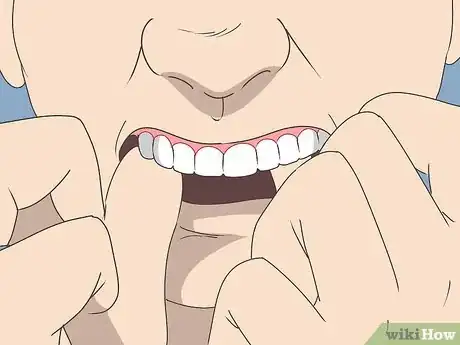
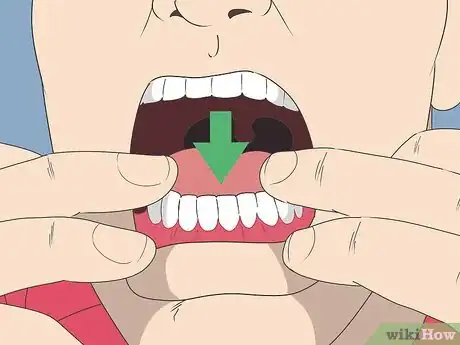
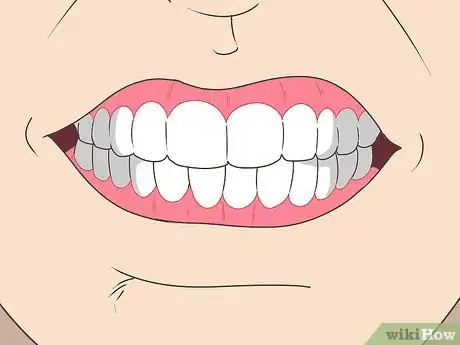
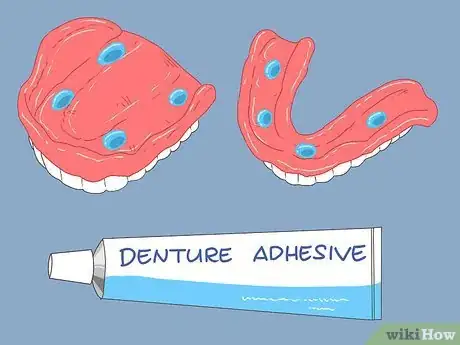
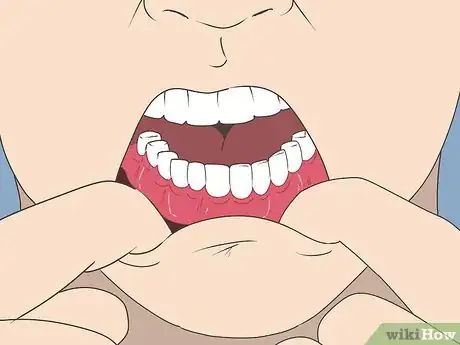
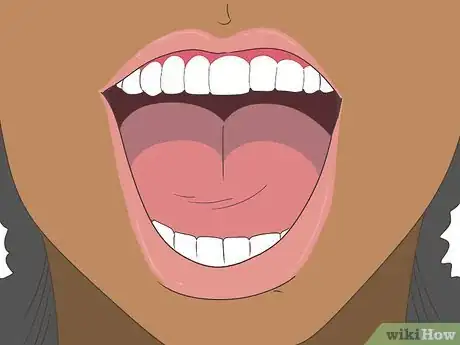
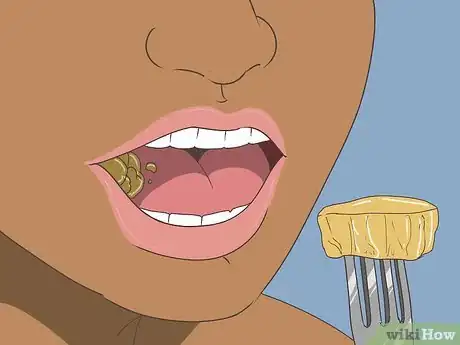

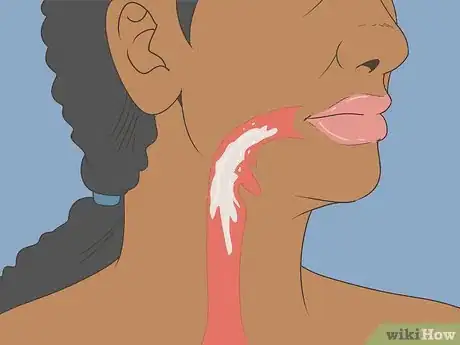
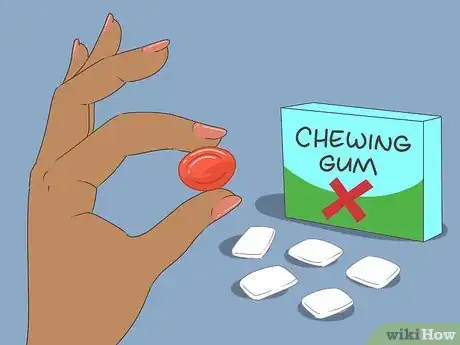
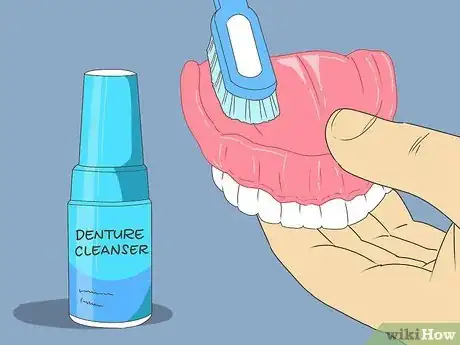

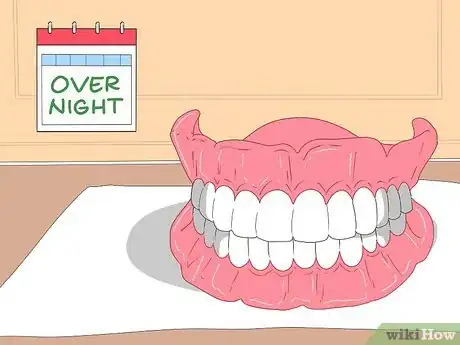
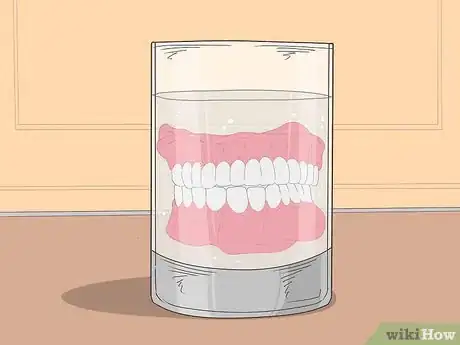

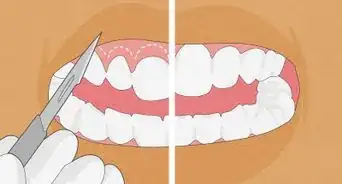
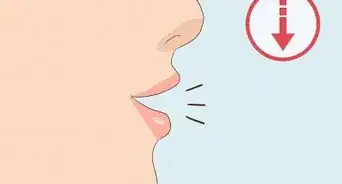
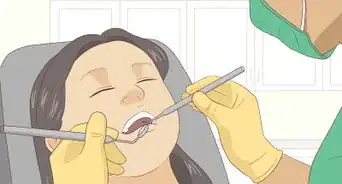

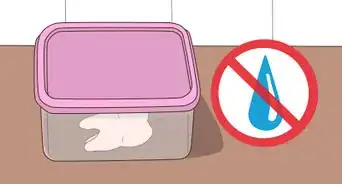
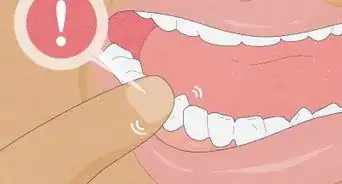















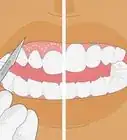
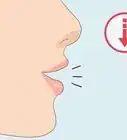
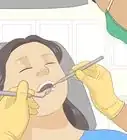




































Medical Disclaimer
The content of this article is not intended to be a substitute for professional medical advice, examination, diagnosis, or treatment. You should always contact your doctor or other qualified healthcare professional before starting, changing, or stopping any kind of health treatment.
Read More...